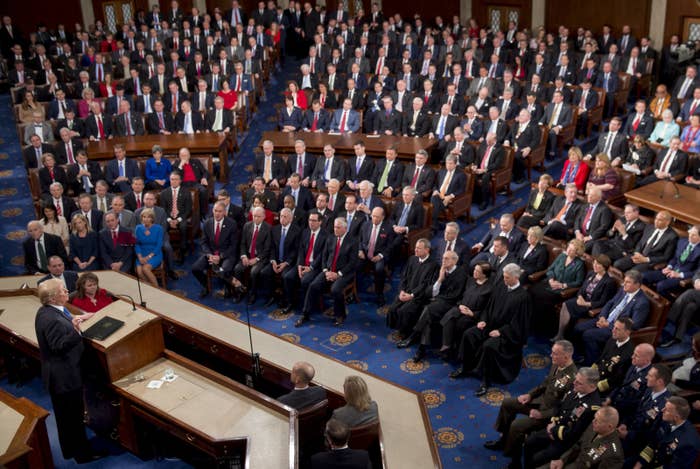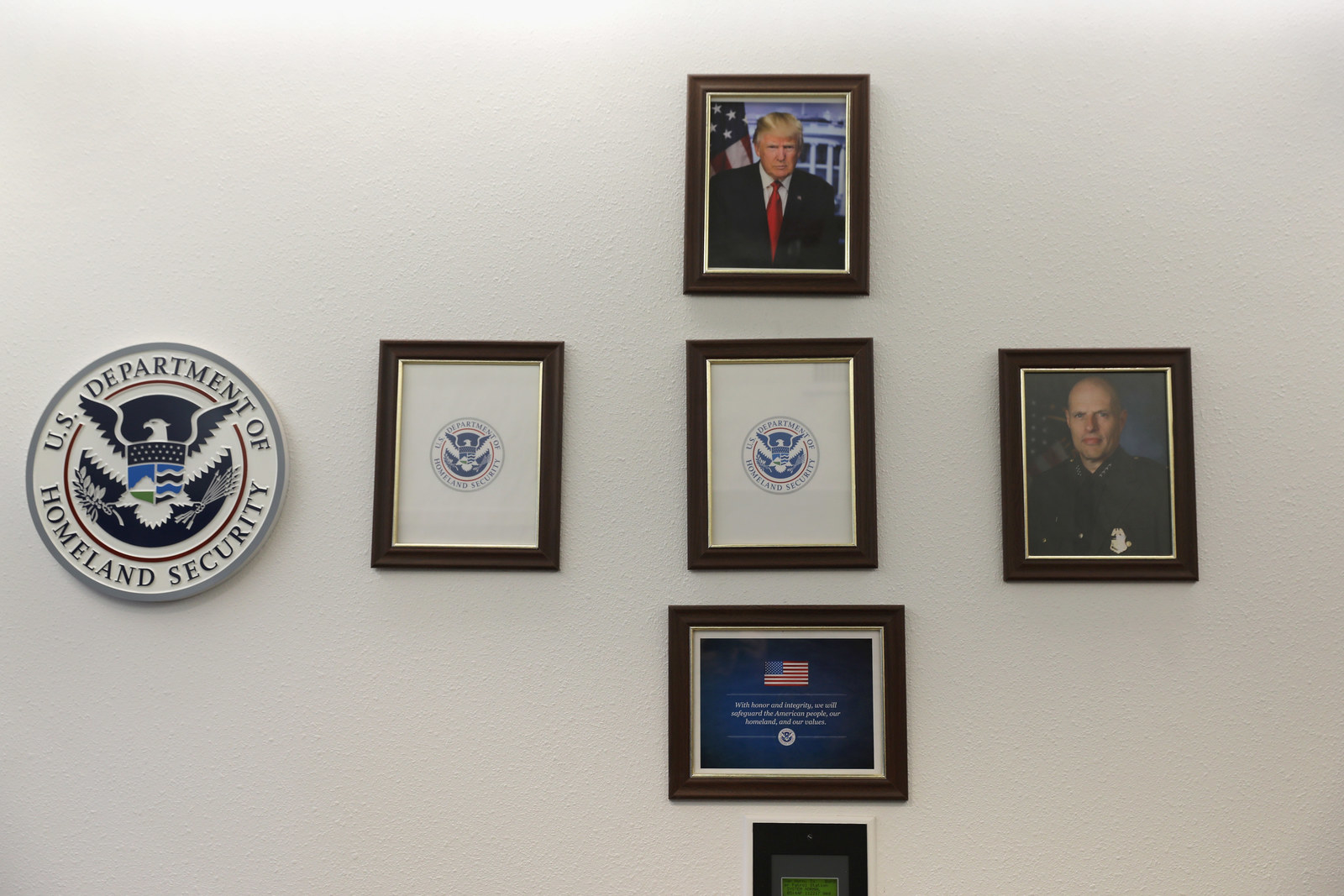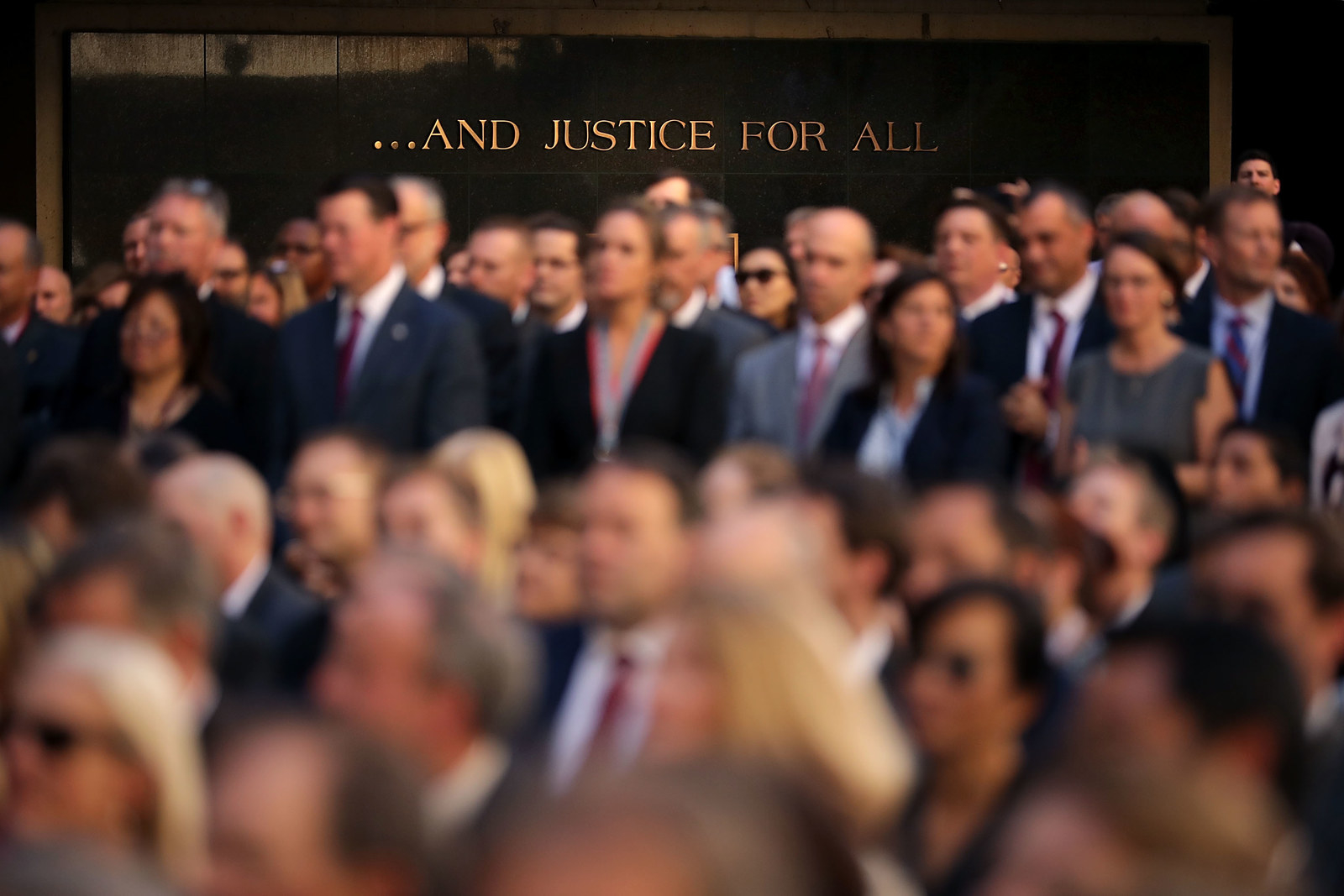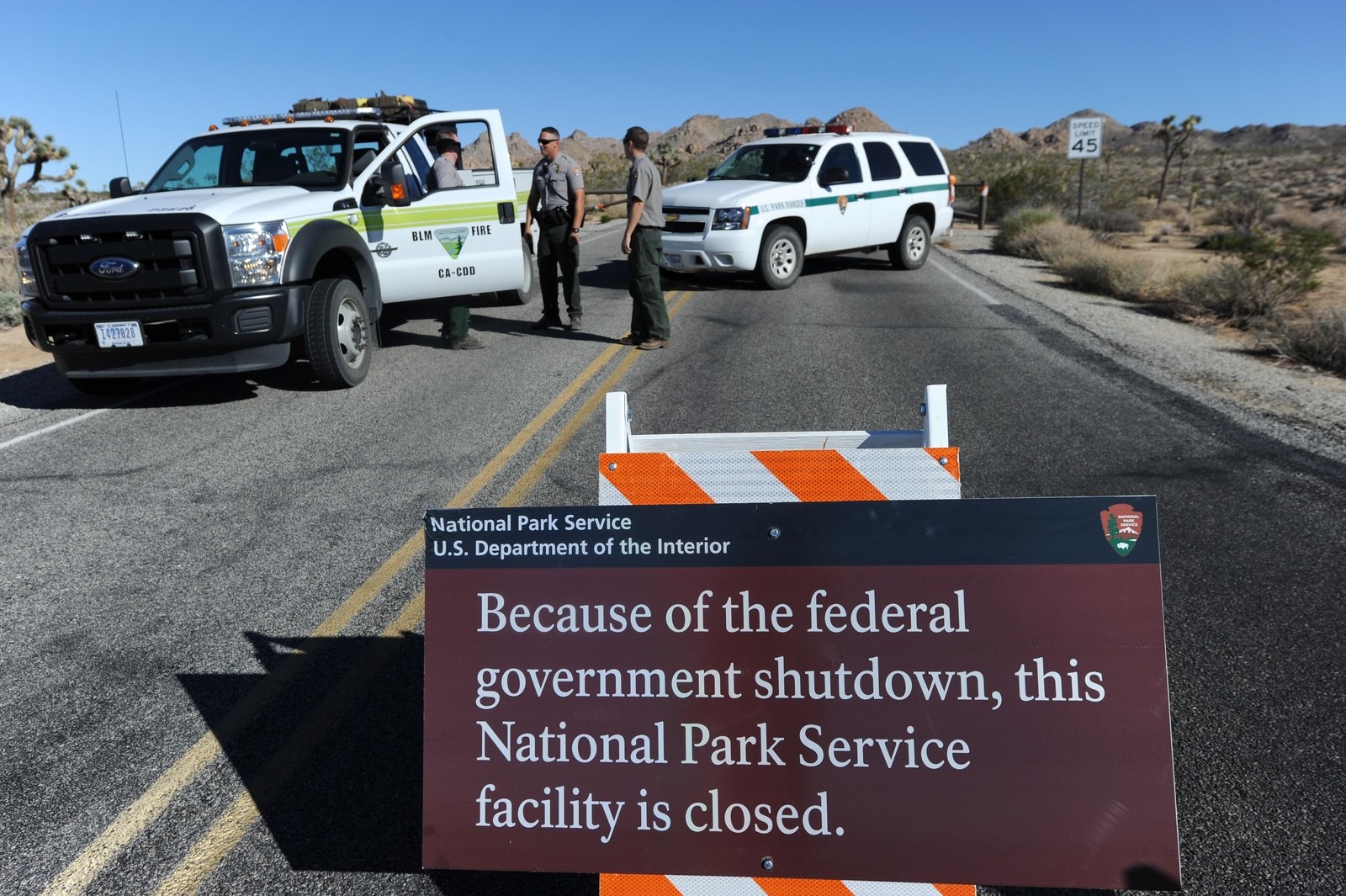The government officially shut down (at least partially) at midnight on Friday. Here's what you need to know.

Unlike the 3-day shutdown in January and the 16-day shutdown in 2013, this shutdown doesn't affect the entire federal government.
Earlier this year, President Trump signed bills passed by Congress to fund most federal departments through the end of September 2019, including the departments of Defense, Health and Human Services, and Veterans Affairs, among others. These won't be affected.
Congress had until midnight on Friday to pass a series of appropriations bills to fund the rest of the government:

This portion of the government includes 9 out of 15 cabinet-level federal departments and a number of federal agencies — the cost of which amounts to approximately 25% of discretionary spending for the budget year that began Oct. 1.
The departments that are be affected by the shutdown are Agriculture, Commerce, Homeland Security, Housing and Urban Development, the Interior, Justice, State, Transportation, and the Treasury.
Some of the bigger agencies under these departments include the US Agency for International Development, the Peace Corps, the Federal Aviation Administration, NASA, and many others.
Departments and employees providing essential services — like Homeland Security — have to stay open or work.

Of all the federal departments, this hits Homeland Security the hardest, as 88% of their personnel are considered essential. For reference, this group includes the TSA, the Coast Guard, and Customs and Border Protection agents and officials.
Other agencies that are too important to shut down entirely — despite the fact that they're not being funded — include the FAA, FBI, the Bureau of Prisons, the Bureau of Alcohol, Tobacco, Firearms and Explosives, and weather service forecasters.
So hundreds of thousands of federal employees are being forced to work without pay — others will not be able to work at all.

According to data compiled by Senate Democrats, 420,000 federal employees will have to work without pay during the shutdown.
In addition, 380,000 federal employees will be furloughed, or forced not to show up for work and not be paid.
All 58 national parks are effectively closed:

And if the parks aren't closed entirely, all park amenities (like trash collection and restroom cleaning) will be suspended for the duration of the shutdown.
The postal service is continuing business as usual:

Fortunately for everyone sending and receiving Christmas packages, the United States Postal Service is not affected by the shutdown, because it generates its own independent sources of revenue.
The federal judiciary system has enough money to continue operating until mid-January:

The federal courts won't close in the shut down. The federal judiciary has enough other money — funded through court fees and appropriations that aren't year-specific — to keep operating for about three weeks, or until Jan. 11, 2019.
If the shutdown goes beyond that, courts would need to make the same decisions as other agencies about which employees to furlough and which services to halt or scale back; during the 2013 shutdown, some courts declared all employees essential to the administration of justice. But even then the courts still wouldn't close altogether; they'd still handle cases, although they might try to delay non-urgent civil matters.
The Mueller investigation won't be affected:
In the event of a government shutdown, special counsel Robert Mueller's office would *not* be affected. They're funded through a "permanent indefinite appropriation," per a spokeperson
Zoe Tillman and Zahra Hirji contributed additional reporting
UPDATE
This post has been updated with the news that the shutdown has begun.
